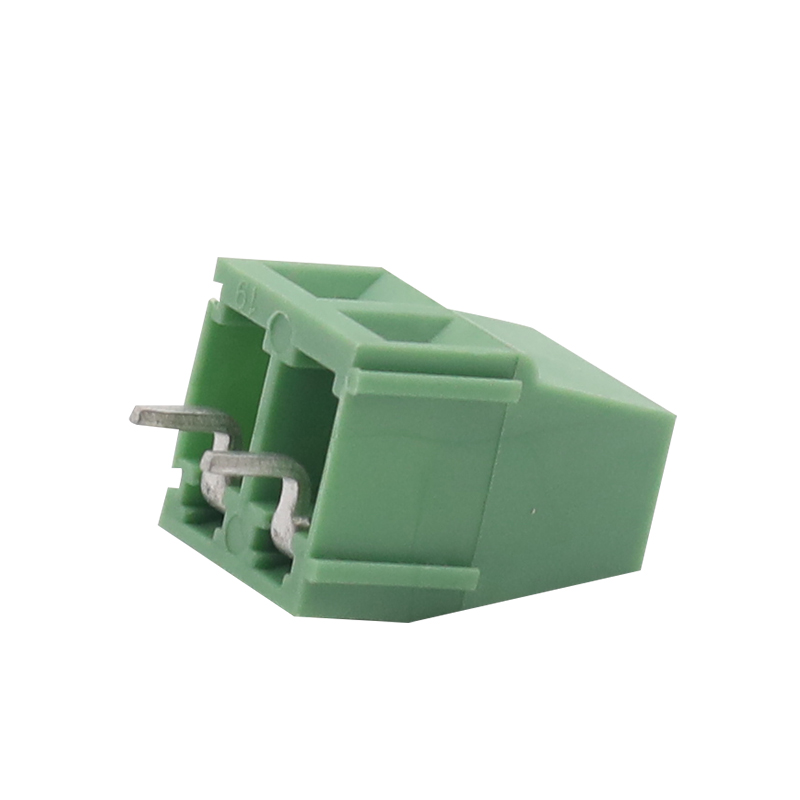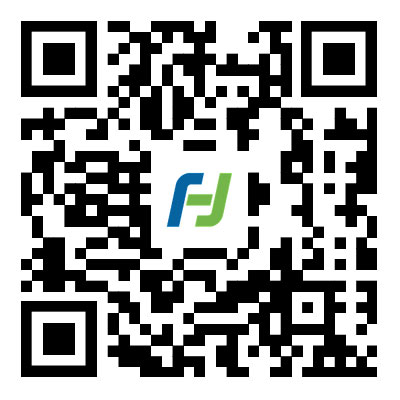Unlocking the Power of Control System PCB Terminal Blocks: Your Essential Handbook
2024-04-12
In the intricate web of industrial automation and control systems, there exists a crucial yet often overlooked component that serves as a linchpin for connectivity and signal transmission - the Control System PCB Terminal Block. This unassuming yet indispensable device plays a pivotal role in facilitating the seamless operation of control systems, providing a reliable interface for electrical connections on printed circuit boards (PCBs). Let's embark on a journey to unravel the essence of Control System PCB Terminal Blocks and understand how they function within the realm of control systems.
Understanding Control System PCB Terminal Blocks
At its core, a Control System PCB Terminal Block is a compact, modular device designed to securely terminate, connect, and transmit electrical signals within a control system. Mounted directly onto PCBs, these terminal blocks serve as the interface between electrical components, sensors, actuators, and other system elements, enabling efficient communication and control.
Anatomy of a Control System PCB Terminal Block
A typical Control System PCB Terminal Block comprises several essential components:
1. Terminal Contacts: These are metal conductive elements that provide electrical contact points for connecting wires or cables.
2. Insulating Housing: The housing encapsulates the terminal contacts, providing insulation and protection against electrical shock and environmental hazards.
3. Mounting Mechanism: The terminal block is securely mounted onto the PCB using various methods, such as surface-mounting or through-hole mounting.
4. Labeling and Marking: Terminal blocks often feature labeling or marking options to identify connection points and aid in wiring and troubleshooting.
Functionality within a Control System
The primary function of a Control System PCB Terminal Block is to establish reliable electrical connections between PCBs and external components within a control system. Here's how it functions:
1. Signal Transmission: Control System PCB Terminal Blocks facilitate the transmission of signals between PCBs and connected devices, such as sensors, actuators, switches, and relays.
2. Wire Termination: Wires or cables from external components are terminated onto the terminal contacts of the PCB terminal block, creating a secure electrical connection.
3. Modularity and Flexibility: Terminal blocks are often modular in design, allowing for easy expansion, reconfiguration, and customization of control systems to accommodate evolving requirements.
4. Isolation and Protection: The insulating housing of the terminal block provides electrical isolation and protection against short circuits, overloads, and environmental factors such as dust, moisture, and vibration.
5. Troubleshooting and Maintenance: Terminal blocks simplify troubleshooting and maintenance tasks by providing clear labeling and easy access to connection points, minimizing downtime and enhancing system reliability.
Applications and Industries
Control System PCB Terminal Blocks find widespread applications across various industries and sectors, including:
- Manufacturing and automation
- Transportation and automotive
- Energy and utilities
- Aerospace and defense
- Building automation and HVAC (Heating, Ventilation, and Air Conditioning)
Conclusion
In conclusion, Control System PCB Terminal Blocks are indispensable components that form the backbone of modern control systems, enabling efficient and reliable communication between PCBs and external devices. With their compact design, robust construction, and versatile functionality, terminal blocks play a crucial role in enhancing the performance, flexibility, and scalability of control systems across diverse industrial applications. As technology continues to advance, the evolution of Control System PCB Terminal Blocks will continue to drive innovation and efficiency in control system design and implementation, shaping the future of industrial automation and beyond.



